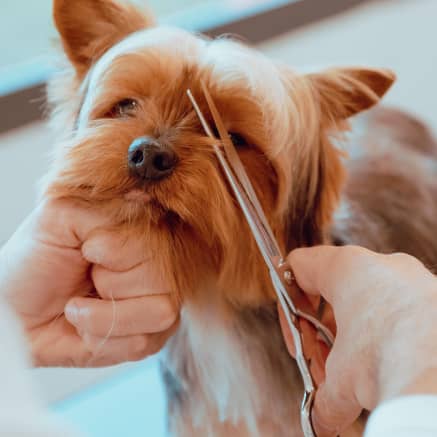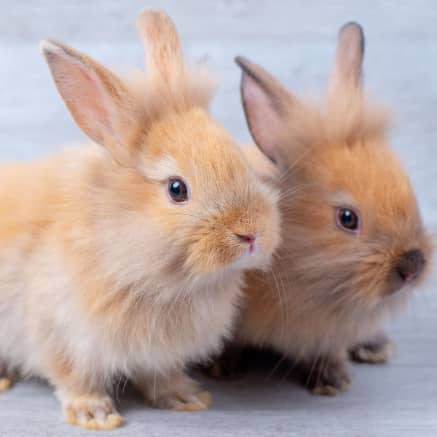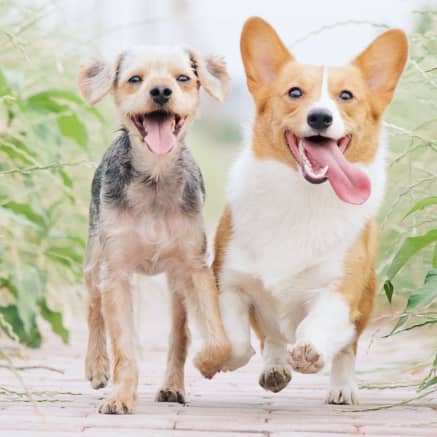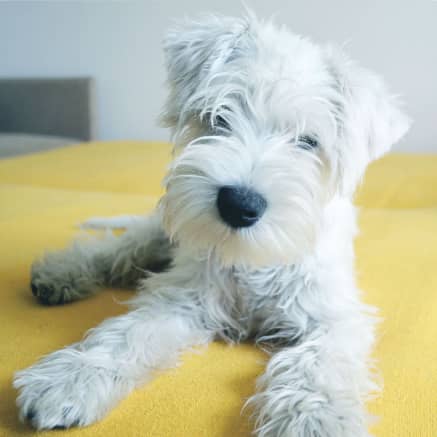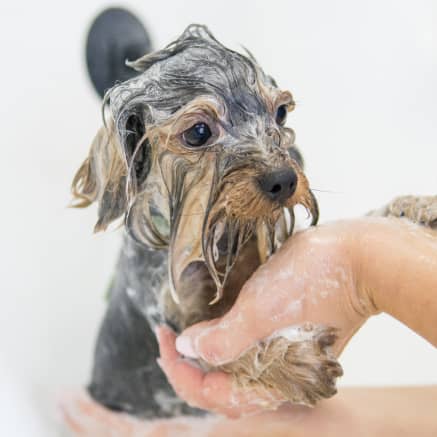Our Services All Pet Care Services
Walking & Sitting
Ut tortor pretium viverra suspendisse potenti nullam ac tortor vitae eget dolor morbi

Pet Grooming
Et odio pellentesque diam volutpat commodo sed egestas egestas pellentesque nec nam

Pet Training
Aliquam ut porttitor leo a diam sollicitudin tempor sit amet est placerat

Pet Taxi
Maecenas ultricies mi eget mauris pharetra et ultrices consectetur adipiscing elit

Health & Wellness
Amet porttitor eget dolor morbi non arcu risus quis varius blandit aliquam etiam

Pet Hotel
Turpis massa sed elementum tempus egestas sed sed risus aliquam urna cursus eget n

Welcome To Our Family
Tristique nulla aliquet enim tortor at auctor urna nunc. Massa enim nec dui nunc mattis enim ut tellus. Auctor augue mauris augue neque gravida in fermentum
Vitae et leo duis ut diam. Amet venenatis urna cursus eget nunc scelerisque. Nec ultrices dui sapien eget. Lectus magna fringilla urna porttitor rhoncus dolor purus
Vitae et leo duis ut diam. Amet venenatis urna cursus eget nunc scelerisque. Nec ultrices dui sapien eget. Lectus magna fringilla urna porttitor rhoncus dolor purus
Vitae et leo duis ut diam. Amet venenatis urna cursus eget nunc scelerisque. Nec ultrices dui sapien eget. Lectus magna fringilla urna porttitor rhoncus dolor purus
Vitae et leo duis ut diam. Amet venenatis urna cursus eget nunc scelerisque. Nec ultrices dui sapien eget. Lectus magna fringilla urna porttitor rhoncus dolor purus
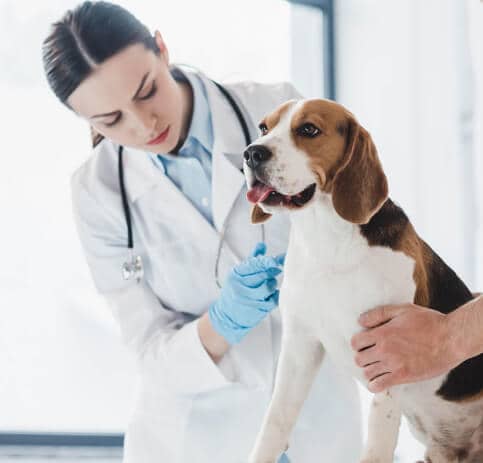
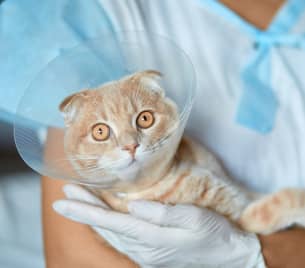
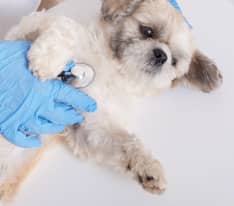


favorite pets Our Gallery
Tristique nulla aliquet enim tortor at auctor urna nunc.

Our prices Dog Grooming Services & Pricing
We can fully customize your pet sitting schedule to fit your pet’s needs. Pick and choose what visits work best for you and your family
Bath & Brush
- Bath (Hypo-Allergenic)
- Conditioning Treatment
Ears Flushed & CleanedWatering PlantsHandscissor FinishSetting Length of Coat
Mini Groom
- Bath (Hypo-Allergenic)
- Conditioning Treatment
Ears Flushed & CleanedWatering PlantsHandscissor FinishSetting Length of Coat
Complete Groom
- Bath (Hypo-Allergenic)
- Conditioning Treatment
Ears Flushed & CleanedWatering PlantsHandscissor FinishSetting Length of Coat
Hand Scissor Groom
- Bath (Hypo-Allergenic)
- Conditioning Treatment
Ears Flushed & CleanedWatering PlantsHandscissor FinishSetting Length of Coat
Bath & Brush
- Bath (Hypo-Allergenic)
- Conditioning Treatment
Ears Flushed & CleanedWatering PlantsHandscissor FinishSetting Length of Coat
Mini Groom
- Bath (Hypo-Allergenic)
- Conditioning Treatment
Ears Flushed & CleanedWatering PlantsHandscissor FinishSetting Length of Coat
Complete Groom
- Bath (Hypo-Allergenic)
- Conditioning Treatment
Ears Flushed & CleanedWatering PlantsHandscissor FinishSetting Length of Coat
Hand Scissor Groom
- Bath (Hypo-Allergenic)
- Conditioning Treatment
Ears Flushed & CleanedWatering PlantsHandscissor FinishSetting Length of Coat
Bath & Brush
- Bath (Hypo-Allergenic)
- Conditioning Treatment
Ears Flushed & CleanedWatering PlantsHandscissor FinishSetting Length of Coat
Mini Groom
- Bath (Hypo-Allergenic)
- Conditioning Treatment
Ears Flushed & CleanedWatering PlantsHandscissor FinishSetting Length of Coat
Complete Groom
- Bath (Hypo-Allergenic)
- Conditioning Treatment
Ears Flushed & CleanedWatering PlantsHandscissor FinishSetting Length of Coat
Hand Scissor Groom
- Bath (Hypo-Allergenic)
- Conditioning Treatment
Ears Flushed & CleanedWatering PlantsHandscissor FinishSetting Length of Coat


Our Reviews What People Say

Home Visits
Lucas SimõesTristique nulla aliquet enim tortor at auctor urna nunc. Massa enim nec dui nunc mattis enim ut tellus

Dog Boarding
Wilhelm DowallLectus magna fringilla urna porttitor rhoncus dolor purus non enim. Tellus in hac habitasse platea dictumst

Pet Training
Lara MadrigalUt tortor pretium viverra suspendisse potenti nullam. Venenatis urna cursus eget nunc scelerisque viverra mauris in aliquam

Home Visit
Lara MadrigalUt tortor pretium viverra suspendisse potenti nullam. Venenatis urna cursus eget nunc scelerisque viverra mauris in aliquam

Home Visits
Lucas SimõesTristique nulla aliquet enim tortor at auctor urna nunc. Massa enim nec dui nunc mattis enim ut tellus

Dog Boarding
Wilhelm DowallLectus magna fringilla urna porttitor rhoncus dolor purus non enim. Tellus in hac habitasse platea dictumst

Pet Training
Lara MadrigalUt tortor pretium viverra suspendisse potenti nullam. Venenatis urna cursus eget nunc scelerisque viverra mauris in aliquam

Home Visit
Lara MadrigalUt tortor pretium viverra suspendisse potenti nullam. Venenatis urna cursus eget nunc scelerisque viverra mauris in aliquam
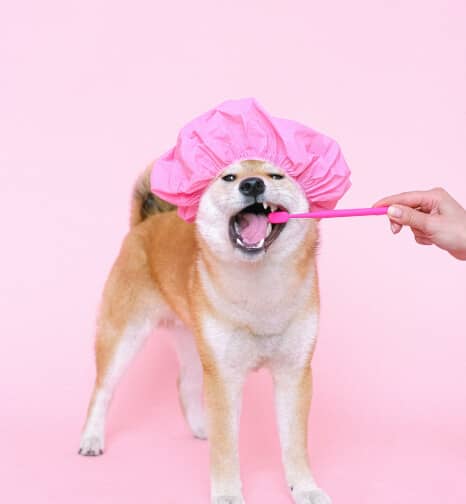

Pet Grooming Service
- Bathing – wash and fluff dry
- Pawdicure – nail trimming and filing
- Breed specific styling, cutting and stripping
- De-matting and detangling



Pet Care Team Welcome To Our Family

Cameron Rogers
President & CEO
Irene Sotelo
President & CEO
Cameron Rogers
President & CEO
Tiontay Carroll
President & CEOOur Contacts Contacts
Massa enim nec dui nunc mattis enim ut tellus
Phone
- (913) 756-3126
- (921) 557-1203
- petopia@example.com
- petopia@email.com
Address
- 17 Parkman Place, 2122
- United States
Open Hours
- Mon - Fri: 7am - 6pm
- Saturday: 9am - 4pm





